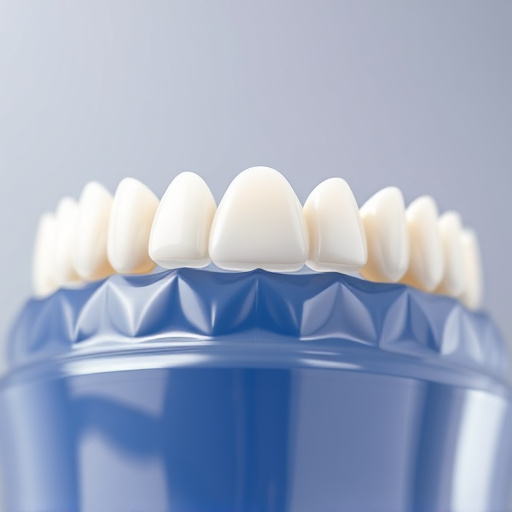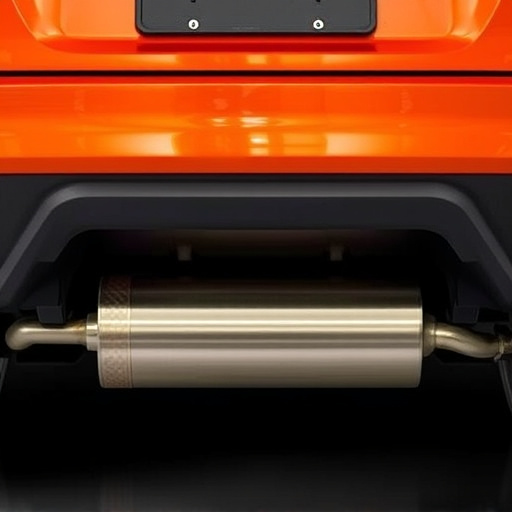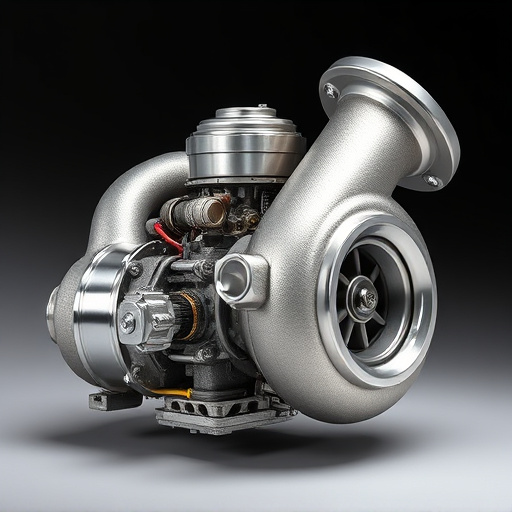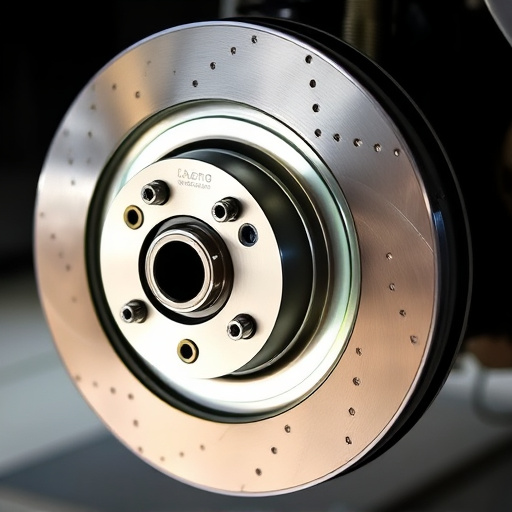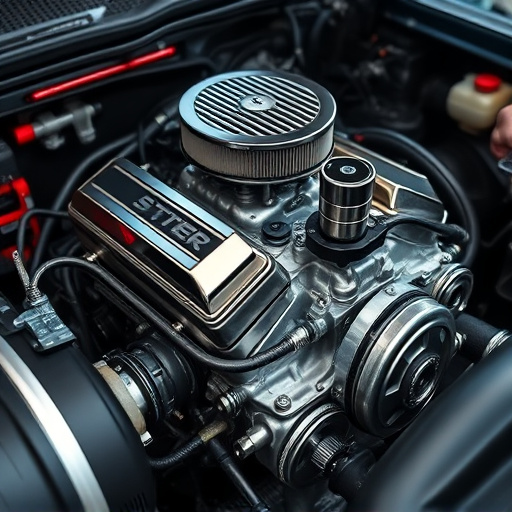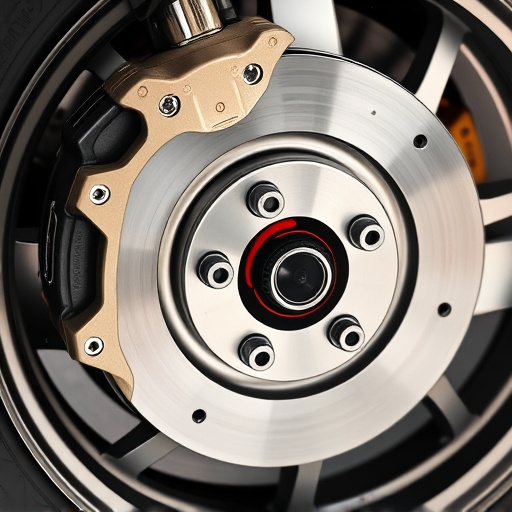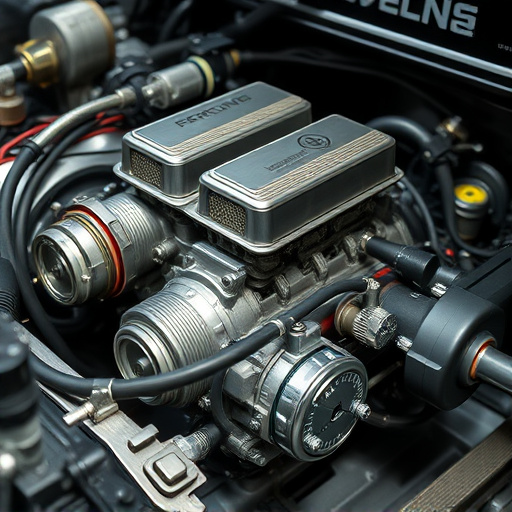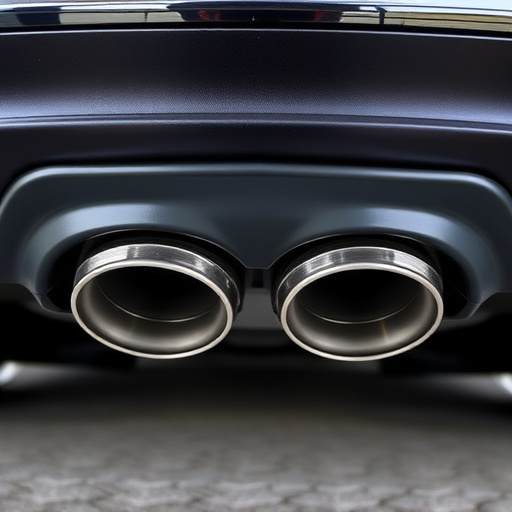Anti Roll Bars (ARBs) are vital suspension components that minimize body roll during cornering, enhancing vehicle stability and handling. Made of steel or aluminum, ARBs link left and right suspension wheels, transferring forces to resist chassis roll. Upgradable ARBs with stiffer rates can significantly improve performance in high-performance vehicles when combined with other modifications. Regular maintenance, including tightening and lubricating, using genuine parts from reputable manufacturers, is crucial to prevent issues and ensure optimal handling dynamics.
“Unleash optimal vehicle stability and handling with an essential automotive component—the anti-roll bar (ARB). This article delves into the fundamental role of ARBs in modern suspension systems, exploring their basic function and intricate components. We then dissect how these bars seamlessly connect left and right suspension wheels, ensuring precision control.
Furthermore, we examine the benefits and potential issues with ARB connectors, providing a comprehensive guide for car enthusiasts and mechanics alike.”
- Understanding Anti Roll Bars: The Basic Function and Components
- How Anti Roll Bar Connects Left and Right Suspension Wheels: Technical Explanation
- Benefits and Common Issues with Anti Roll Bar Connectors for Suspension Systems
Understanding Anti Roll Bars: The Basic Function and Components
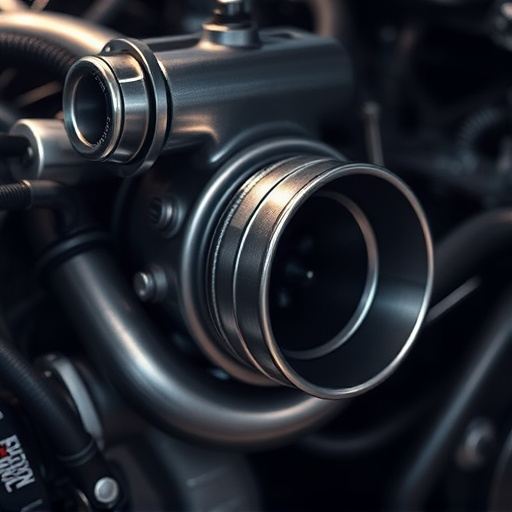
Anti roll bars (ARBs) are essential components of a vehicle’s suspension system, designed to reduce body roll during cornering. By limiting the amount of lean, ARBs contribute to improved handling and stability, enabling drivers to navigate curves with greater precision and confidence. At their core, anti roll bars consist of a steel or aluminum bar that connects the left and right suspension wheels. This direct linkage allows for efficient transfer of forces, creating a rigid structure that counteracts body motion.
The basic function of an ARB is to control lateral movement, or roll, of the vehicle’s chassis relative to its wheels. During cornering, as outside wheels experience more vertical force than inside wheels, the anti roll bar reacts by transferring this force from one side to the other, effectively canceling out the tendency for the chassis to roll. Key components include end links that attach to the suspension and a rigid bar, often enhanced with bushings and bearings to ensure smooth operation. In high-performance vehicles, upgradable ARBs with stiffer rates can further enhance handling dynamics, complementing other modifications such as performance air filters and exhaust mufflers or tips for an overall improvement in driving experience.
How Anti Roll Bar Connects Left and Right Suspension Wheels: Technical Explanation
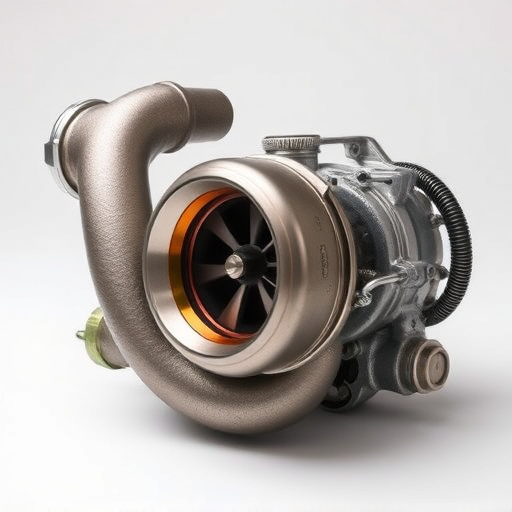
The anti roll bar (ARB) plays a pivotal role in enhancing vehicle stability and handling dynamics by connecting the left and right suspension wheels. Technically, an ARB is a mechanical device designed to resist rolling motion during cornering. When a car enters a turn, forces act on each side of the vehicle differently due to the centrifugal force and lateral acceleration. The anti roll bar counteracts these unequal forces by transferring energy from one wheel to its opposing pair, thus preventing excessive body roll.
This process is facilitated through a series of linkages and shock absorbers that allow for controlled movement between the wheels on opposite sides of the vehicle. By maintaining better alignment during cornering, the ARB improves vehicle balance and reduces body lean, resulting in enhanced handling performance. This is particularly noticeable in high-performance vehicles where quick directional changes and precise control are essential, with modifications such as performance exhaust systems, powerful air filters, and other upgrades working in tandem to optimise overall vehicle dynamics.
Benefits and Common Issues with Anti Roll Bar Connectors for Suspension Systems
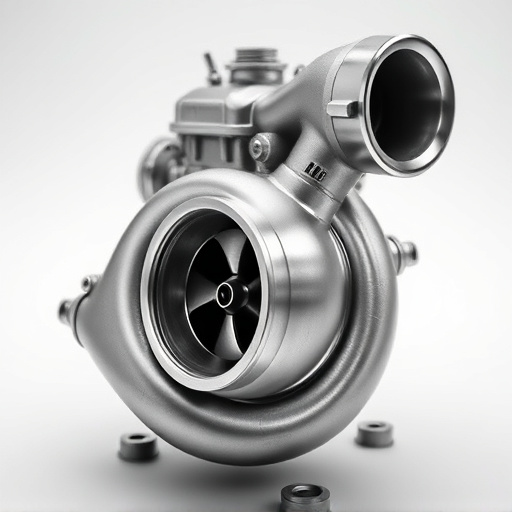
Anti Roll Bar (ARB) connectors play a vital role in linking the left and right suspension wheels, enhancing vehicle stability during cornering and improving overall ride quality. These components are particularly beneficial for high-performance vehicles, off-roaders, and those equipped with sport suspension kits, as they help to reduce body roll and maintain optimal tire contact. By minimizing body lean, ARB connectors contribute to better handling dynamics, ensuring a more responsive and controlled driving experience.
While ARB connectors offer significant advantages, they are not without their potential issues. Common problems include loose connections leading to reduced effectiveness, especially after prolonged use or exposure to harsh conditions. Corrosion can also be a factor, particularly in environments with high moisture content, causing bind or failure of the connector bolts. Regular maintenance, such as tightening and lubricating these components, is crucial to prevent these issues. Additionally, ensuring compatibility with specific suspension setups and using genuine replacement parts from reputable manufacturers is essential for optimal performance and safety.
Anti roll bars, through their left and right suspension wheel connections, play a vital role in enhancing vehicle stability and handling. By understanding these connectors’ function and addressing common issues, car owners can ensure optimal performance and safety. The benefits of well-maintained anti roll bar connectors are clear: improved cornering, reduced body roll, and enhanced overall driving dynamics. Therefore, regular inspection and timely replacement of these components are recommended to maintain the integrity of a vehicle’s suspension system.







